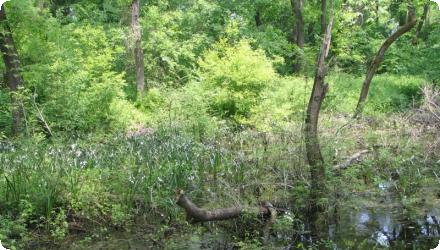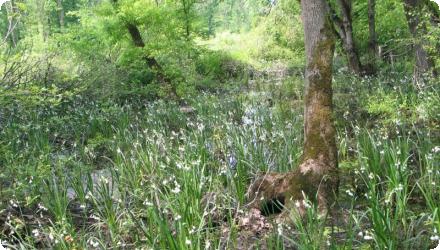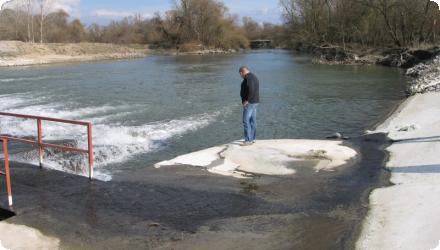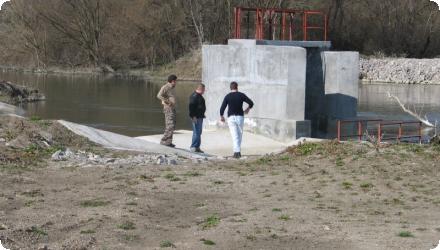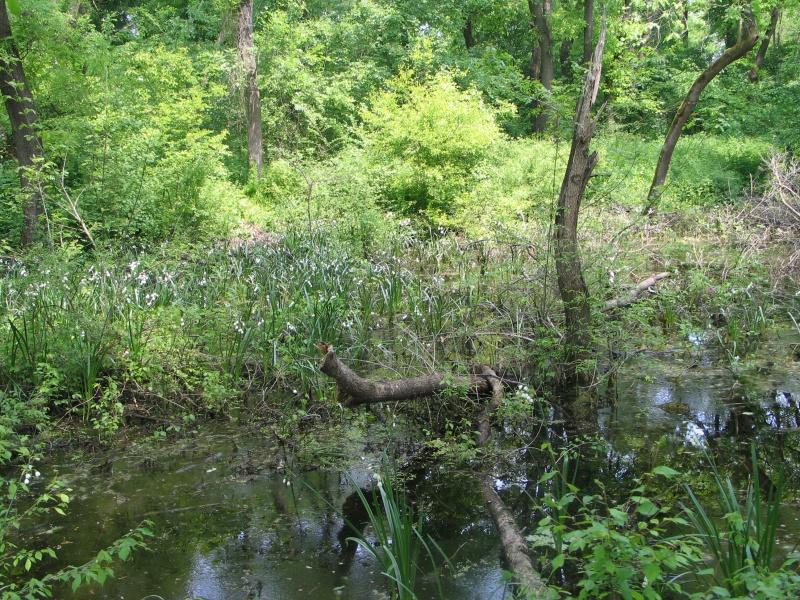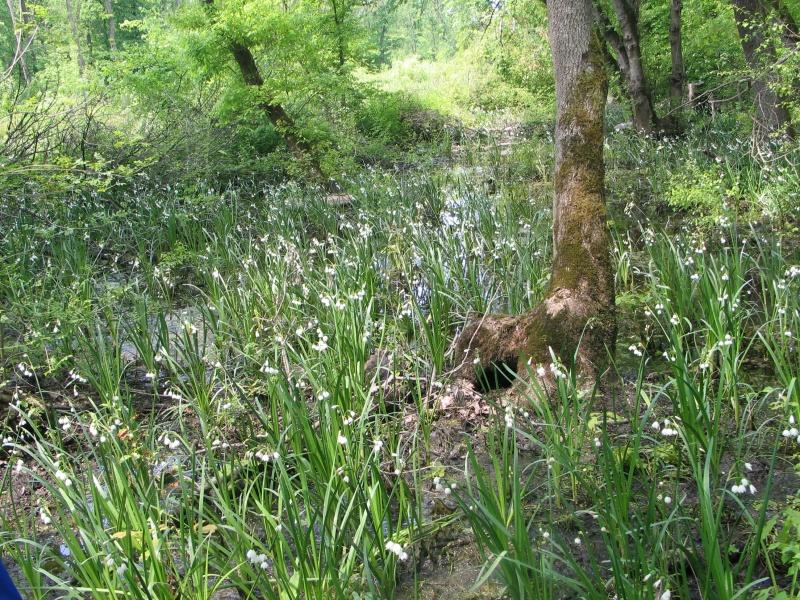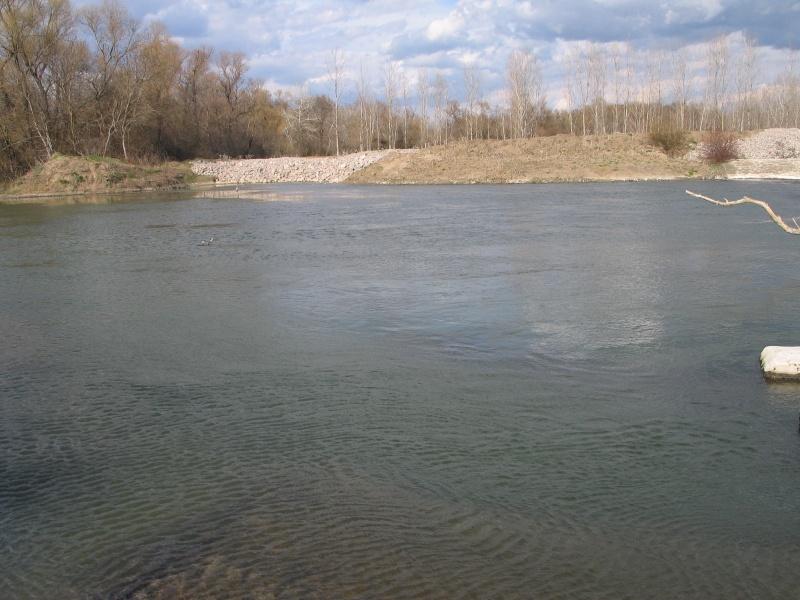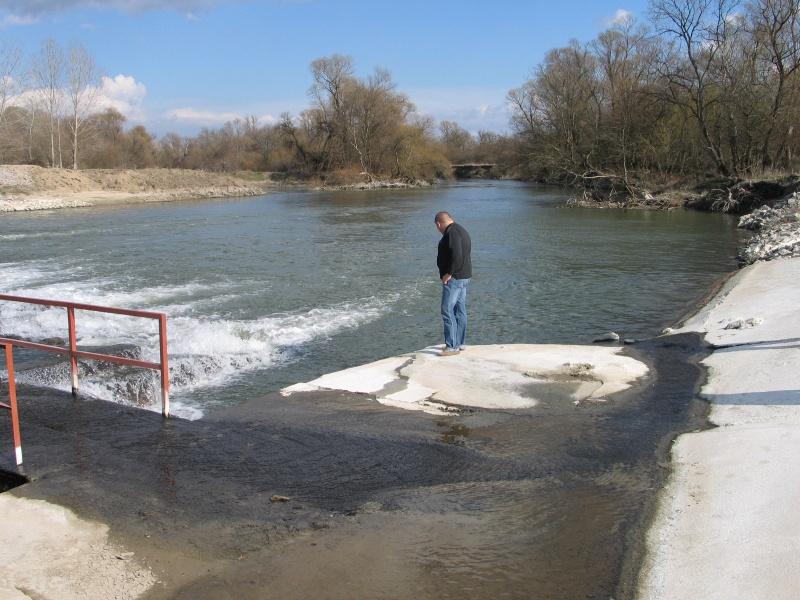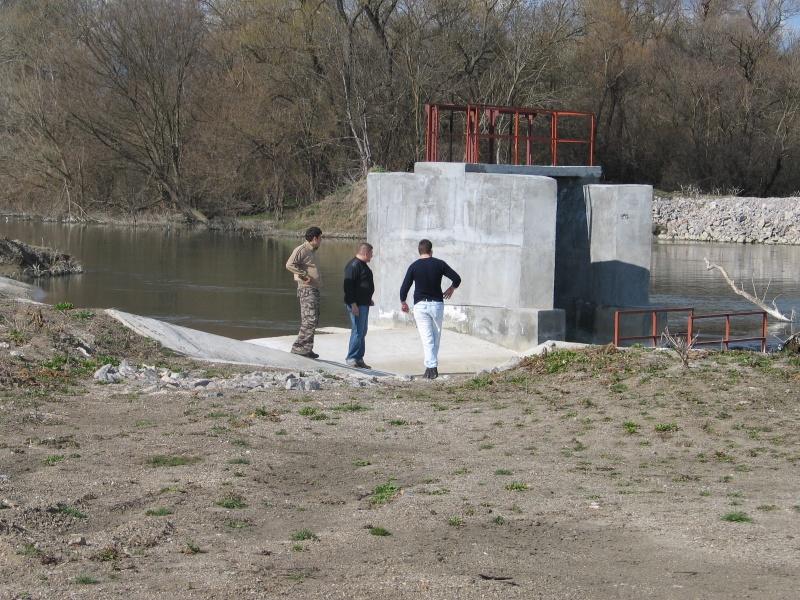Last update
2025
Summary
The maintained reserve “Dolna Topchiya” (Natura 2000 BG0000195 “Reka Tundzha 2”) was restored by RIEW–Stara Zagora through a diversion weir and a ~900 m channel linking the River Tundzha to the Malka Tundzha, to rewet riparian floodplain forest (habitat 91F0). In 2018–2024 the scope expanded under OP Environment project BG16M1OP002-3.007-0010 to also restore the inundation regime of the adjacent maintained reserve “Balabana” (Elhovo Municipality). Main works delivered in 2023: at Balabana, a water intake on the Tundzha and reconstruction of irrigation canals “Iztochen” (1,897 m), “Popovska 1” (879 m) and “Popovska 2” (863 m); at Dolna Topchiya, three gabion weirs (“Dipsiza 1–3”) with crest lengths 14/10/12 m to raise soil moisture. Contractor: Technostroy-Engineering 99 AD; supervision: IVPI Consult OOD. Total budget BGN 1,489,422.96 (ERDF + national co-financing). Closing press event: 21 Nov 2023; administrative end: 26 Apr 2024. The objective is to sustain riparian forests (habitats 91F0, 92A0) by re-establishing periodic flooding and groundwater recharge.
Position
Latitude
42.23
Longitude
26.56638
Project
NWRM
National Id
Bulgaria_07
Implementation Status
Contact
REC
RBD code
BG2000
Transboundary
0
Photo gallery
Location of the project
Lower Tundzha River by the town of Elhovo (Yambol Province), within/adjacent to the maintained reserves “Dolna Topchiya” and “Balabana.” Access to the Dolna Topchiya trail is after crossing the bridge over the Tundzha from Elhovo’s centre (local bridge on road III-7008).
NUTS Code
BG34 - Югоизточен (Yugoiztochen)
Project's objectives
Rewetment/inundation restoration of PR Balabana and PR Dolna Topchiya by supplying additional water quantities and restoring floodplain hydrology to sustain mixed riparian hardwoods (oak, ash, elm) and willow–poplar galleries (habitats 91F0/92A0).
Balabana: intake on the Tundzha and reconstruction of irrigation canals “Iztochen” (1,897 m), “Popovska 1” (879 m), “Popovska 2” (863 m) to convey water onto the reserve.
Dolna Topchiya: construction of three gabion weirs “Dipsiza 1–3” with crest lengths 14 m, 10 m, 12 m to raise soil moisture and promote inundation.
Weir + ~900 m channel linking the Tundzha to the Malka Tundzha
Balabana: intake on the Tundzha and reconstruction of irrigation canals “Iztochen” (1,897 m), “Popovska 1” (879 m), “Popovska 2” (863 m) to convey water onto the reserve.
Dolna Topchiya: construction of three gabion weirs “Dipsiza 1–3” with crest lengths 14 m, 10 m, 12 m to raise soil moisture and promote inundation.
Weir + ~900 m channel linking the Tundzha to the Malka Tundzha
Involved Partners
| Authority type | Authority name | Role | Comments |
|---|---|---|---|
Climate zone
warm temperate moist
Temperature
13
Precipitation
650
Elevation range
106 m
Vegetation class
Riparian floodplain (longoz-type) gallery forests—habitats 91F0 / 92A0—with white willow and white poplar galleries and mixed hardwoods (oak, ash, elm).
Water bodies: Ecological Status
Poor
Water bodies: Chemical Status
Good
Water quality status
Exceedances/pressures include macrozoobenthos and nutrients (BOD₅, ammonium, nitrites, total N, total P).
Project scale
Micro
Project scale specification
Localized hydromorphological works within two maintained reserves next to Elhovo—PR “Dolna Topchiya” and PR “Balabana”, not a whole sub-basin or region. The actions are site-specific: a diversion/weir and ~900 m channel linking the Tundzha to Malka Tundzha (historic phase), plus a 2023 package adding a Tundzha intake and reconstruction of three short irrigation canals at Balabana (“Iztochen”, “Popovska 1”, “Popovska 2”) and three small gabion weirs (“Dipsiza 1–3”) at Dolna Topchiya to re-wet the adjacent floodplain forest.
Project area
467,6 ha
Total cost
€ 761 552,68
Financing authorities
Type of funding
EU-funds: Cohesion and regional development funds
Comments
via OP Environment 2014–2020: BGN 1,266,009.51
Type of funding
National funds
Comments
BGN 223,413.45
Compensations
0
Policy context
The measure addresses the loss of periodic inundation and drying of riparian floodplain forests in the maintained reserves Dolna Topchiya and Balabana near Elhovo. The project’s stated aim is to rewet the reserves by providing additional water and restoring their inundation regime to improve the conservation status of habitats 91F0/92A0.
Land ownership
exclusive state property
Community involvment
No
Design consultation activity
| Activity stage | Name | Key issues | Comments |
|---|
Policy target
| Target purpose |
|---|
|
Improved Biodiversity
|
Policy pressure
| Pressure directive | Relevant pressure |
|---|
Pressures remarks
In the adjacent WFD river water bodies of the Tundzha, the stretch “from Mochuritsa confluence to Simeonovska” (BG3TU570R066) has been reported with poor ecological status in regional reporting (exceedances affecting macroinvertebrates and nutrients/oxygen), and RBMP materials list hydromorphological and invasive-species pressures for nearby Tundzha segments, context that this restoration seeks to alleviate by reconnecting floodplain habitats to river flows.
Policy impact
| Impact directive | Relevant impact |
|---|
Requirement directive
| Requirement directive | Specification |
|---|
Contractual arrangements
0
| Arrangement type | Responsibility | Role | Name | Comments |
|---|
Part of wider plan
0
Wider plan type
| Wider plan type | Wider plan focus | Name | Comments |
|---|
(i) RIEW park-guard/inspection checks, (ii) regular hydrometric observations on the Tundzha at the Elhovo station (HMS No. 74850), and (iii) river-water-body status monitoring by the East Aegean River Basin Directorate reported via RIEW
Hydrometric: river stage/flow at HMS №74850 Elhovo on the Tundzha.
Water-body status (nearby Tundzha segments): biological elements (macrozoobenthos, macrophytes, phytobenthos) and physico-chemical indicators (BOD₅, ammonium, nitrite, total nitrogen, orthophosphate, total phosphorus), with exceedances periodically reported in RIEW/EARD documents.
Water-body status (nearby Tundzha segments): biological elements (macrozoobenthos, macrophytes, phytobenthos) and physico-chemical indicators (BOD₅, ammonium, nitrite, total nitrogen, orthophosphate, total phosphorus), with exceedances periodically reported in RIEW/EARD documents.
Maintenance
Routine protection and upkeep are carried out by RIEW–Stara Zagora as manager of the maintained reserves, primarily via scheduled park-guard patrols/inspections; a 2020 tender for invasive-species removal and planting was issued but later canceled.
Recreation & nature-based tourism (existing use): Dolna Topchiya has a marked eco-trail created by RIEW–Stara Zagora, intended for visitors to discover the site’s biodiversity; the trail starts from Elhovo’s bridge and is promoted in local tourism materials. Commercial kayak tours on the Tundzha pass through the Balabana reserve (heron colony area), indicating ongoing recreational use of the river corridor.
Information on retained water
Hydraulic reconnection works built (outputs): a Tundzha intake + reconstruction of canals “Iztochen” (1,897 m), “Popovska 1” (879 m), “Popovska 2” (863 m) at Balabana; three gabion weirs “Dipsiza 1–3” with crest lengths 14/10/12 m at Dolna Topchiya to raise soil moisture/restore inundation. No measured post-works hydrologic outcomes (e.g., diverted volumes, retained water, peak reduction, groundwater levels) are published.
Water quality overall improvements
N/A info
Soil quality overall soil improvements
Not relevant for this application
1
Works help preserve mixed riparian broadleaf stands (oak, ash, elm) and willow/poplar galleries (habitats 91F0/92A0)
Ecosystem impact climate regulation
Not relevant for the specific application
Key lessons
Insufficient public consultations and limited public information during the NWRM planning and implementation phases create difficulties to deliver integrated (multi-benefit) results.
A phased pathway—pre-project studies (2019), technical design and approvals (2020), then construction (2023) under a single beneficiary—helped bring a small, site-specific project to completion despite the long lead time to April 2024. Clear stewardship by RIEW–Stara Zagora and ring-fenced EU/national funding were pivotal.
Early coordination with the Basin Directorate, the municipality and the state irrigation company was formally required by the design tender; securing these alignments appears essential where rewetting depends on intakes/canals in protected areas.
Public communications emphasise delivered works (intake, canal rehabilitation, gabion weirs), but do not publish quantified hydrologic/ecological results to date—making it harder to evidence multi-benefit outcomes post-construction. Future replications should plan transparent monitoring and data release from the outset.
A phased pathway—pre-project studies (2019), technical design and approvals (2020), then construction (2023) under a single beneficiary—helped bring a small, site-specific project to completion despite the long lead time to April 2024. Clear stewardship by RIEW–Stara Zagora and ring-fenced EU/national funding were pivotal.
Early coordination with the Basin Directorate, the municipality and the state irrigation company was formally required by the design tender; securing these alignments appears essential where rewetting depends on intakes/canals in protected areas.
Public communications emphasise delivered works (intake, canal rehabilitation, gabion weirs), but do not publish quantified hydrologic/ecological results to date—making it harder to evidence multi-benefit outcomes post-construction. Future replications should plan transparent monitoring and data release from the outset.
Success factor(s)
| Success factor type | Success factor role | Comments | Order |
|---|---|---|---|
|
Attitude of decision makers
|
main factor
|
Single accountable beneficiary & site manager: RIEW–Stara Zagora led implementation for the maintained reserves. |
|
|
Financing possibilities
|
main factor
|
Stable finance package: OP Environment 2014–2020 (ERDF + national co-financing) with stated totals ensured delivery. |
|
|
Existing staff and consultant knowledge
|
secondary factor
|
Pragmatic engineering choices: re-using and rehabilitating existing irrigation canals (“Iztochen”, “Popovska 1/2”) to convey water to Balabana. |
Driver
| Driver type | Driver role | Comments | Order |
|---|
Transferability
Transferable to lowland rivers with degraded floodplain forests, especially where old irrigation/drainage canals can be reused. Watch for: environmental flows/water rights; Natura 2000 & permit needs; early stakeholder buy-in; sediment, debris and invasive-species management; O&M for intakes/weirs (trash-rack cleaning, desilting); and transparent hydrologic/ecologic monitoring to prove benefits.
English
